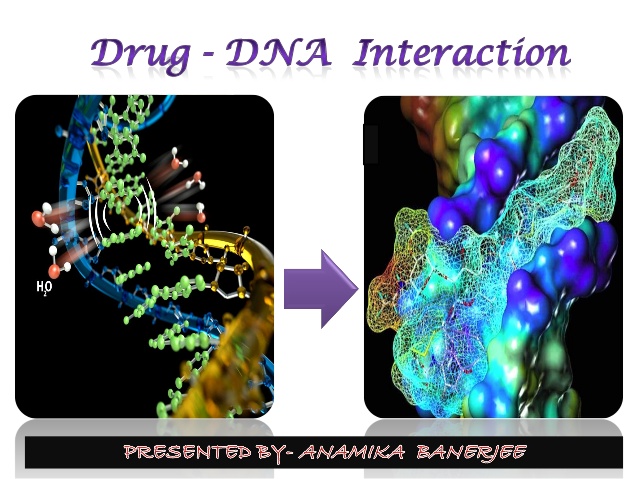A new series of Cu(II), Co(II), Ni(II) and Fe(II) ternary complexes of glutamine, glutaric and glutamic acid with imidazole derivatives have been synthesized. The nature of bonding and the stereochemistry of the complexes have been deduced from elemental analyses, infrared, electronic spectra, conductivity measurements and thermogravimetric analysis. The structure of [Co(glu)(IMI)2] and [Fe(glu)(IMI)2(H2O)2] complexes was validated using quantum mechanics calculations based on accurate DFT methods. Calculations revealed that both complexes had distorted tetrahedral geometry. In case of [Co(glu)(IMI)2], glu ligand was coordinated through the terminal part which consists of carboxylate and amine groups. The formation constants of mixed ligand complexes of copper (II) and nickel (II) with (glutamic- glutamine- glutaric as primary ligands and imidazole or its derivatives as secondary ligands have been determined by pH metric technique at (T = 298 K and c = 1M NaNO3) in aqueous medium. The data obtained were used to evaluate the values of metal - ligand stability constants using Irving-Rossotti titration technique. Mixed ligand complexes studies of these metal ions have been carried pH-metrically at the same conditions. In addition, the interaction of these complexes with (CT-DNA) was investigated at pH = 7.2 by using UV–vis absorption and viscosity measurements. Results indicated that the investigated complexes strongly bind to calf thymus DNA via intercalative mode. Moreover, the prepared compounds are screened for their in vitro antibacterial activity against two types of bacteria, Pseudomonas aeruginosa and Bacillus cereus. In general, based on the data obtained in this study, the synthesized metal complexes might be taken into consideration as promising antibacterial compounds.


